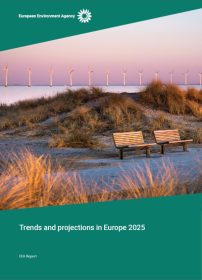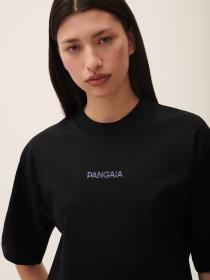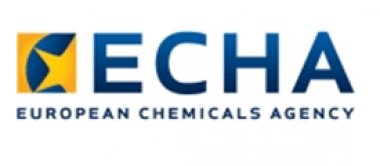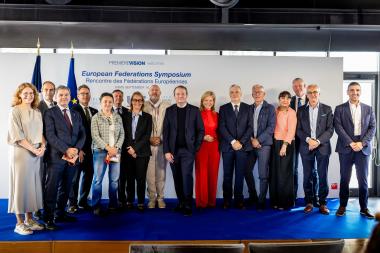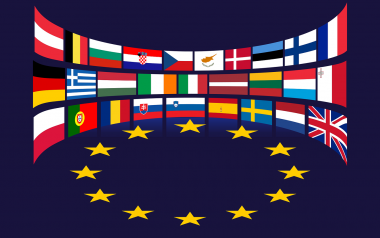European Environment Agency: Greenhouse gas emissions largely on track to 2030 targets
The European Union remains largely on track to achieve its 2030 targets to reduce net greenhouse gas emissions, according to the latest annual check-up on EU progress to its energy and climate targets published by the European Environment Agency today. Total net greenhouse gas emissions in the EU fell by a further 2.5% in 2024, according to estimated figures included in the ‘Trends and projections’ report.
The latest data show that collectively, EU Member States expect to achieve a net emissions reduction of 54% by 2030 compared with 1990 levels, which is just under the 55% reduction target, provided that EU Member States implement both current and planned policies and measures in full.
The EEA ‘Trends and projections’ report says that in 2024, EU net greenhouse gas emissions (as defined in the 2030 target under the EU’s Climate Law) fell by 37% compared to 1990 levels. Focusing on domestic EU net greenhouse gas emissions, hence excluding emissions from international aviation and maritime transport, the overall reduction exceeds 39%.
As in recent years, the largest reductions in 2024 occurred in the energy supply sector. Year-on-year reductions in other sectors like agriculture, buildings and waste were more limited, while emissions even increased slightly in industry and in both domestic and international transport.
The report notes several developments that will require focused attention in the coming years to maintain progress. These include a year-on-year decline in electric vehicle sales in 2024, stagnation in GHG emission reductions in certain sectors and Member States and the long-term negative trend in carbon sequestration of the EU’s forests and soils. Together, these trends all highlight the need to maintain a strong focus on, and investment in, climate action.
Energy transition well underway
While there is more work to do, Europe’s shift away from fossil energy sources is well underway, the report says. The overall reduction in emissions since 1990 has been mainly driven by the energy transition. The EU has succeeded in significantly reducing the use of the most emission-intensive fuels, such as coal and oil, while accelerating the development of renewable energy.
The EU has set a common target of reaching at least 42.5% renewable energy use by 2030 and of further reductions in energy consumption. The distance to these goals remains significant, the report says. To reach the 2030 renewables target, the annual additions of renewable energy capacity must more than double compared to the previous five-year averages. For final energy consumption, annual reductions must also more than double.
These ambitions are achievable but will require full and broad implementation of legislation as well as maximum efforts to scale up the enablers of the transition. Technologies such as heat pumps and electric vehicles play a crucial role to play here, as they can help cut emissions and reduce final energy use compared with fossil-based alternatives.
Progress to 2030 and beyond
The report notes several developments that will require focused attention in the coming years to maintain progress. These include a year-on-year decline in electric vehicle sales in 2024, stagnation in GHG emission reductions in certain sectors and Member States and the long-term negative trend in carbon sequestration of the EU’s forests and soils. Together, these trends all highlight the need to maintain a strong focus on, and investment in, climate action.
This report shows that the foundation for this progress is in place: recent years have seen a rapid acceleration in emission reductions and the emergence of numerous technological and policy solutions. However, it also underscores the scale of the remaining challenge — in particular, the need to strengthen more resilient carbon sinks, accelerate transport decarbonisation and ensure delivery at national level.
Every tonne of emissions avoided reduces future risks and costs. Every renewable installation, building renovation, or electric vehicle deployed represents a step to a cleaner, more energy independent and more resilient Europe.
About the report
The EEA’s Trends and projections in Europe report explores historical trends, recent progress and projected future progress on climate mitigation through reduced greenhouse gas emissions, renewable energy gains and improved energy efficiency. It builds on data reported by the EU-27 Member States, five EEA member countries and nine Contracting Parties of the Energy Community.
With this package, the EEA supports the European Commission’s assessment of progress toward meeting the EU’s climate and energy targets. In its upcoming Climate Action Progress Report, the Commission will use recently submitted National Energy and Climate Plans from Member States as an additional information source.
The EEA today also published its latest EEA briefing outlining progress and challenges in Europe’s climate adaptation policies and actions. Both are being released at the same time with the European Commission State of the Energy Union and Climate Action Progress Report 2025.
European Environment Agency


